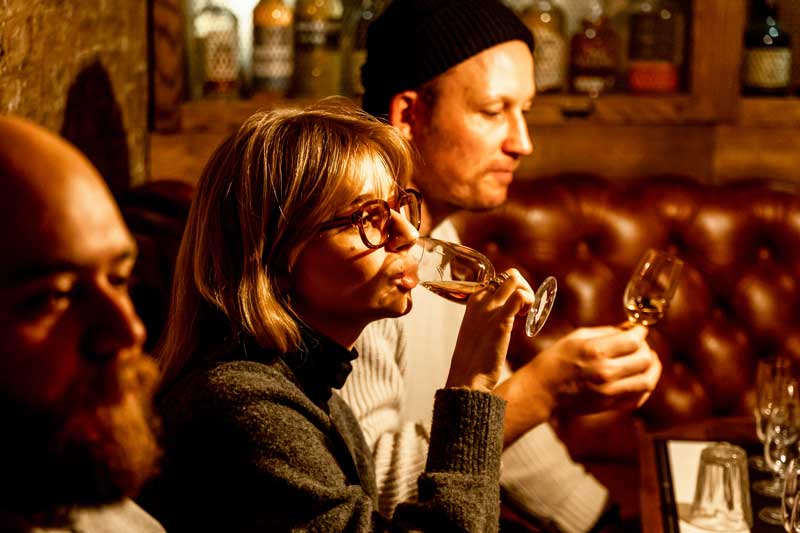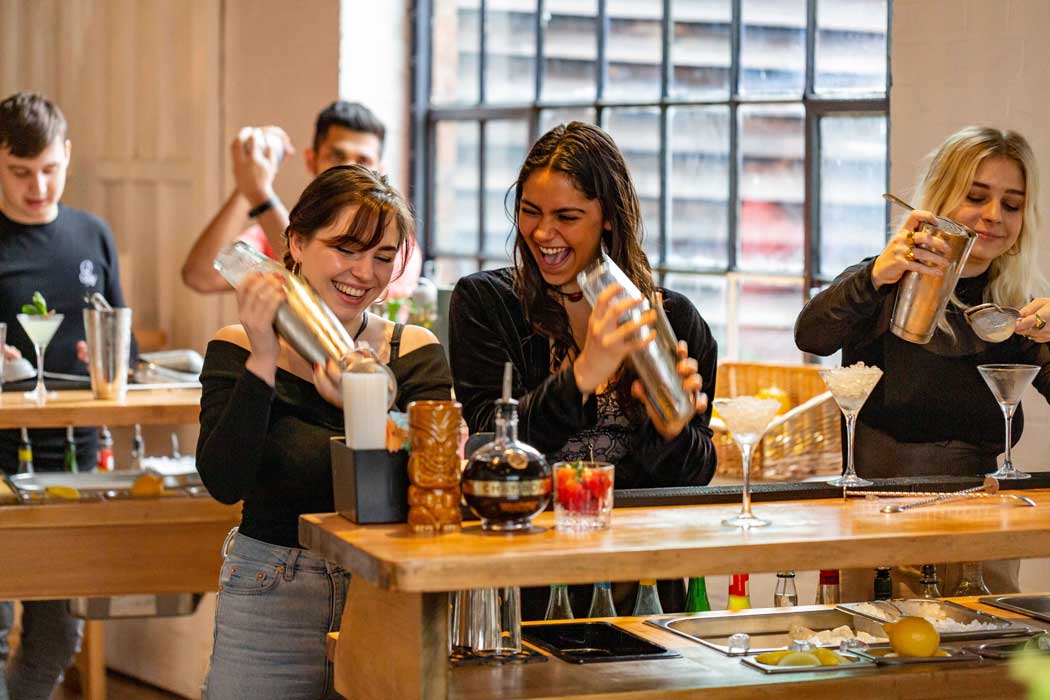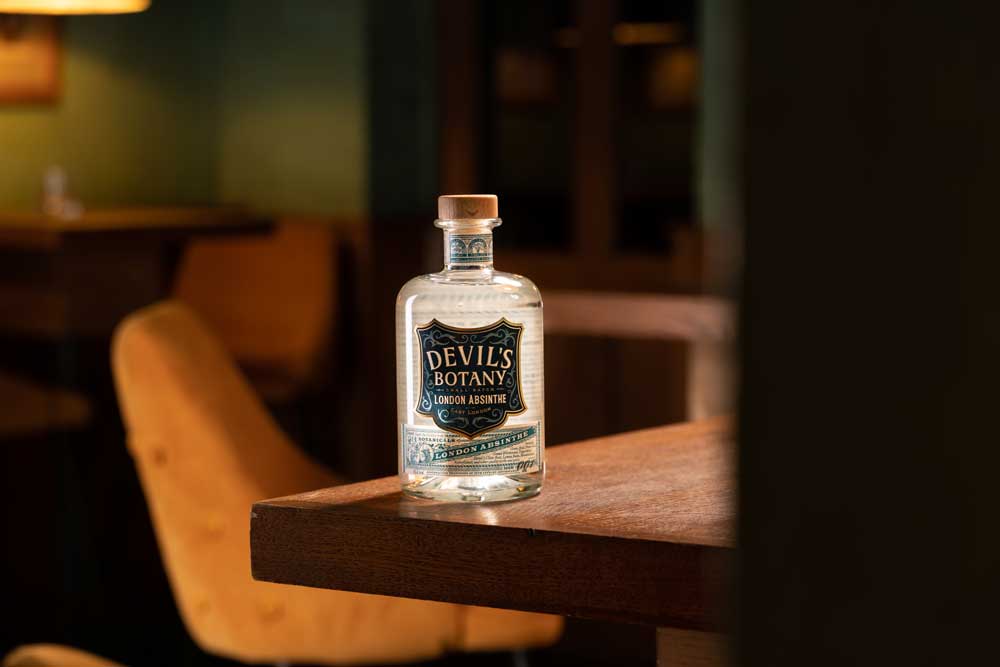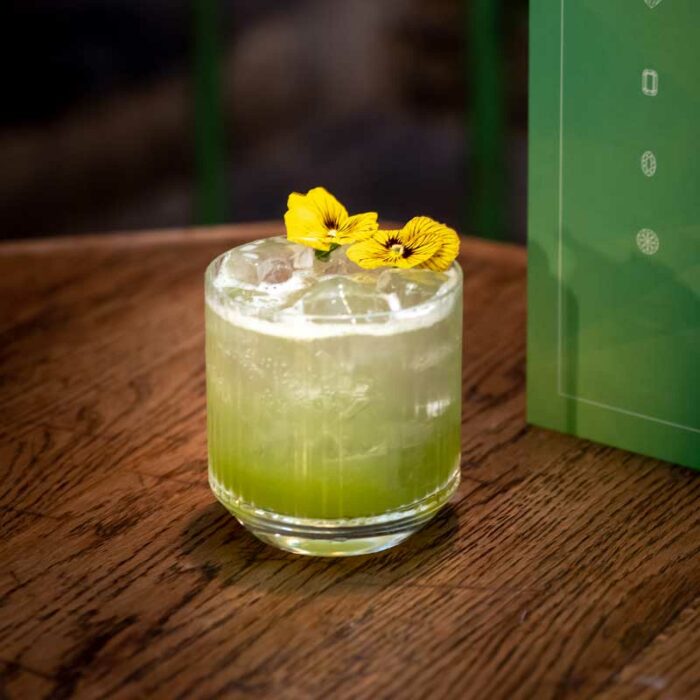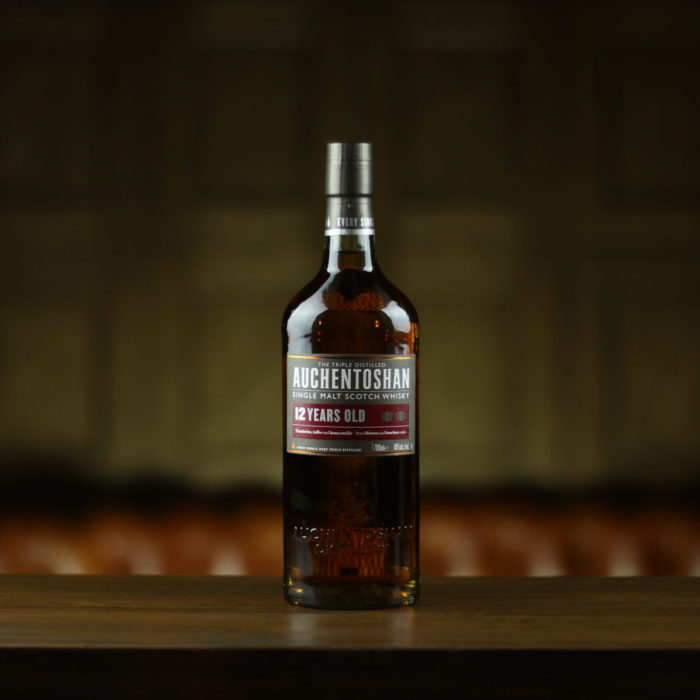CALL 03333 44 77 65
OR REQUEST A QUOTE
17A KINGSLAND ROAD, LONDON E2 8AA
© Copyright 2021 · All Rights Reserved · Website by Associatethis · Privacy Policy· Data Request
What Is Absinthe?
What isAbsinthe
[/ˈabsɪnθ/] noun
The definition of Absinthe
an anise-flavoured spirit derived from several plants, including the flowers and leaves of Artemisia absinthium
Absinthe is a botanical spirit. It’s made in a very similar way to gin. You start with a neutral grain spirit and then you distil it with different botanicals. With gin you need juniper, but if you’re making an absinthe, you need grand wormwood, green anise and fennel seeds.
Allison Crawbuck, Devil’s Botany Distillery
Production Process
To make absinthe you take a British wheat spirit, very high proof, put that into a copper pot still, infuse it with botanicals – grand wormwood, green anise and fennel seed. Distil that through, and it becomes a clear spirit. To make a green absinthe, take the spirit, soak it with more herbs and botanicals for a period of 12 to 24 hours to extract all of the chlorophyll and turn the absinthe green.
Rhys Everett, Devil’s Botany Distillery
The green colouring will impart a more bitter taste, a more raw, more herbal flavour, rather than it just being distilled. Because when you distil that absinthe, a lot of the bitter components are left behind. So a green absinthe will have a bit more bitterness and some added sugar to help balance the spirit.
Both the clear and green absinthes were being made and imported here in the UK as far back as the 1830s. The clear style of absinthes are a little bit less bitter but both work really nicely diluted or in cocktails.
Allison Crawbuck, Devil’s Botany Distillery
History
Absinthe was a favoured drink of the Belle Époque (1871-1914) in France but long before that, absinthe was being made in London, and was sold under the pretence of magic and medicine. People would go to their local apothecary and get an elixir; an early example of absinthe. It was prescribed to them to raise one’s spirits.
That eventually translated into an aperitif. Someone found the absinthe recipe and realised that it worked recreationally and it ended up becoming one of the most widely consumed spirits in France and around the world up until the turn of the 20th century. Then, around the turn of the 20th century, it started getting a bad reputation and it was eventually banned.
It was the only spirit to be singled out in the ban as it was, and it was illegal for almost 100 years.
It was never made illegal in the UK, and that meant that during the 1920s and 1930s, when London was seeing its heyday of classic cocktail culture, many of the bartenders here would still use absinthe in their recipes; The Savoy Cocktail Book (1930) includes it in over 100 recipes.
Allison Crawbuck, Devil’s Botany Distillery
Myths and Misconceptions
There are many myths and misconceptions that surround absinthe, it remains one of the most widely misunderstood spirits out there. That’s definitely down to the fact that wormwood contains an ingredient, a compound called thujone, which for a long time they thought was hallucinogenic. But modern science caught up and found out that actually it’s not hallucinogenic at all.
Allison Crawbuck, Devil’s Botany Distillery
Some of History’s most renowned artists, writers and debauchers have had close relationships with this misunderstood spirit. Perhaps most famously, French artist Toulouse Lautrec, but many others including Oscar Wilde and Ernest Hemingway were fond of the green fairy and had their thoughts about its effects.
“Do you know what it is like to be haunted by colours? To me… the colour green… is something like… temptation.”
Toulouse Lautrec
“What is it in absinthe that makes it a separate cult? The effects of its abuse are totally distinct from those of other stimulants. Even in ruin and in degradation it remains a thing apart: its victims wear a ghastly aureole all their own, and in their peculiar hell yet gloat with a sinister perversion of pride that they are not as other men.”
Aleister Crowley
“After the first glass, you see things as you wish they were. After the second, you see things as they are not. Finally, you see things as they really are, and that is the most horrible thing in the world.”
Oscar Wilde
“Let me be mad, then, by all means! mad with the madness of Absinthe, the wildest, most luxurious madness in the world! Vive la folie! Vive l’amour! Vive l’animalisme! Vive le Diable!”
Marie Corelli
Ernest Hemingway even invented his own unique way of drinking absinthe which became a cocktail named after his 1932 novel-length ode to Spanish bullfighting, Death In The Afternoon:
“Pour one jigger absinthe into a Champagne glass. Add iced Champagne until it attains the proper opalescent milkiness. Drink three to five of these slowly.”
Ernest Hemingway
Collins & Merriam
Collins Dictionary Definition
Absinthe is a very strong alcoholic drink that is green and tastes bitter.
Collins Dictionary
Merriam Webster Definition
[borrowed from French absinthe, going back to Middle French, “wormwood,” borrowed from Latin absinthium] : a green or sometimes colourless distilled liquor with high alcoholic content that is flavoured with wormwood, anise, and other aromatic herbs (such as fennel)
also : a similar liquor that is made without wormwood
Merriam Webster Dictionary
Urban
Urban Dictionary Definition
Absinthe is a distilled spirit infused with herbs including the thujone-containing Artemisia absinthium. Many describe its effects as significantly different than alcohol alone, but the nature of thujone’s effects are much disputed. It was popularised in the late 19th century and associated with the bohemian artistic movements of the time. Also known as Green Fairy, Green Goddess, La Fée Verte
‘Man, I had one shot of absinthe last night and I can’t remember a thing!’
Urban Dictionary
Wiki
Wiki Definition
Absinthe (/ˈæbsɪnθ, -sæ̃θ/, French: [apsɛ̃t] (listen)) is an anise-flavoured spirit derived from several plants, including the flowers and leaves of Artemisia absinthium (“grand wormwood”), together with green anise, sweet fennel, and other medicinal and culinary herbs.[1] Historically described as a highly alcoholic spirit, it is 45–74% ABV or 90–148 proof US.[2][3][4][5] Absinthe traditionally has a natural green color but may also be colorless. It is commonly referred to in historical literature as la fée verte (“the green fairy”). It is sometimes mistakenly referred to as a liqueur, but is not traditionally bottled with added sugar, so is classified as a spirit.[6] Absinthe is traditionally bottled at a high level of alcohol by volume, but it is normally diluted with water before being consumed.
Wikipedia
